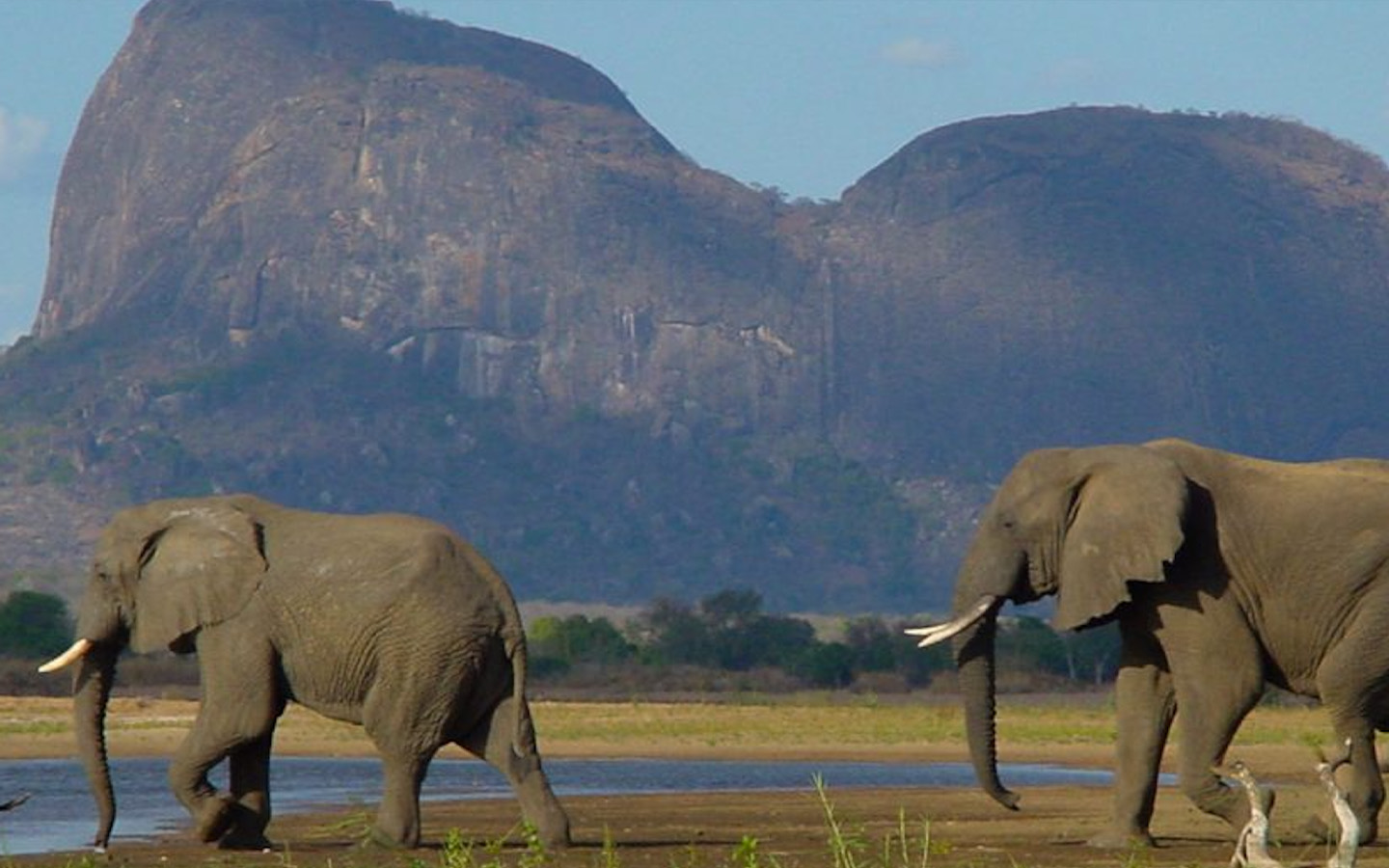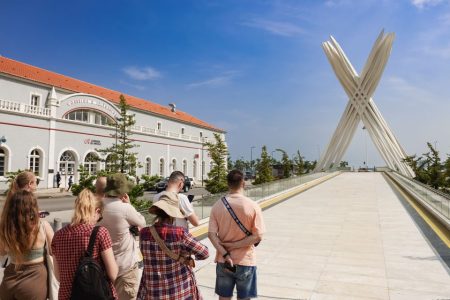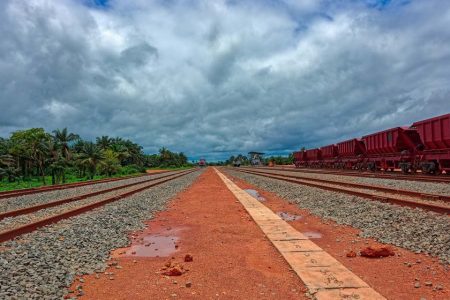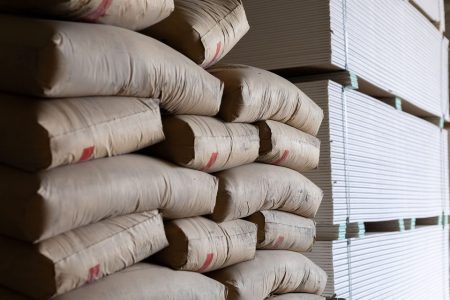Mozambique’s largest wildlife reserve, and one of the biggest in Africa, needs US$8.4 million annually for management and maintenance according to an organisation co-managing the protected area.
The Wildlife Conservation Society (WCS), a US-based NGO, joined the management of the Niassa Special Reserve in 2021 as part of a public-private partnership with the Mozambican government. Bringing on WCS was part of a broader effort over the last decade, including investment and legal reforms, to revitalise conservation areas in Mozambique. President Filipe Nyusi recently touted one of its biggest successes: zero elephant deaths from poaching since 2018. Unmanageable poaching devastated the elephant population in the 2010s, reducing it by over 70 percent. Nyusi credited the turn around to recruitment of more rangers, increased surveillance and “the healthy coexistence between the operators, the government and the communities.”
WCS Director Afonso Madopo emphasised the same dynamic when explaining the new budget. “These investments have been crucial not only for biodiversity conservation but also for the socio-economic development of the communities,” Madopo told the Portuguese news agency Lusa. Right now, the reserve’s coffers are still well below half of what it needs to run properly.
[See more: Southern Africa secures over US$500m to conserve vital woodland]
First established as a game reserve in 1954, the Niassa Special Reserve marked its 70th anniversary this October. The nearly 43,000-square-kilometre reserve in northern Mozambique is one of the largest protected areas in sub-Saharan Africa and its connection to the even larger Selous Game Reserve in neighbouring Tanzania, via the Selous-Niassa corridor, makes it one of the largest contiguous wilderness areas on the continent.
It comprises nearly a third of Mozambique’s protected land and harbours the country’s most significant populations of wildlife, according to WCS, including elephants, lions, leopards, wild dogs, sable, kudu, wildebeest, zebra and over 800 bird species. It also has one of the largest miombo woodlands within a single protected area, two large perennial river systems in the Rovuma and Lugenda rivers, and a population of around 40,000 people who depend on natural resources from the reserve for their livelihood.
The challenges in the Niassa Special Reserve, as outlined by WCS, focus on reinforcing the gains seen in recent years. Conservationists say there is a need to increase aerial surveillance, recruit and train more inspectors, enable more efficient monitoring and inspection capacity, and establish more partnerships that can cover costs of training and other resources needed to mitigate human-wildlife conflict and boost community work.






